Poland is a country rich in history, folklore, and customs that have been passed down through generations. From vibrant festivals to heartwarming family rituals, Polish culture is a beautiful blend of Slavic roots, Catholic influences, and a resilient national identity.
In this blog, we’ll explore 10 fascinating traditions that make Poland stand out. Whether it’s the mystical celebrations of Wianki, the elaborate Wigilia feast, or the quirky Dyngus Day, these customs reveal the soul of Poland.
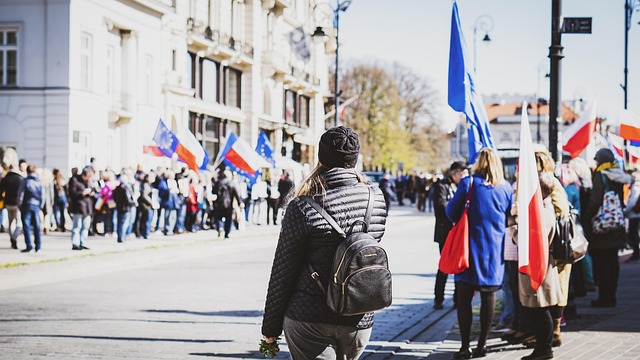
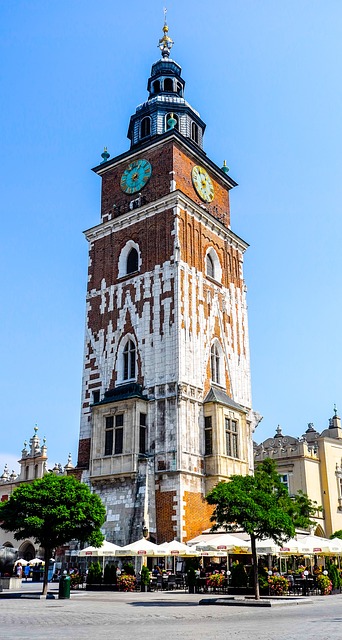

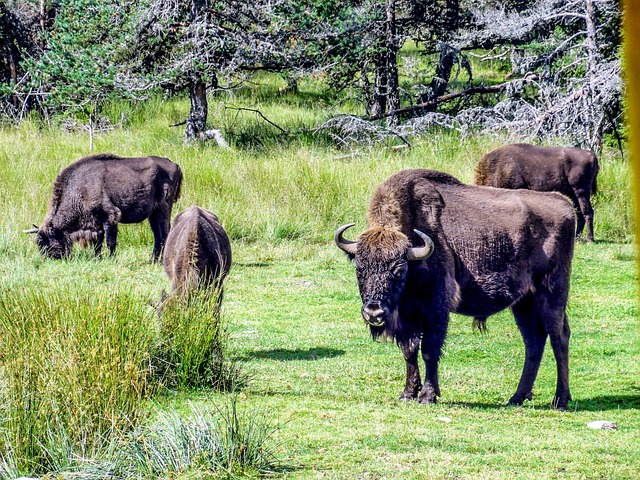
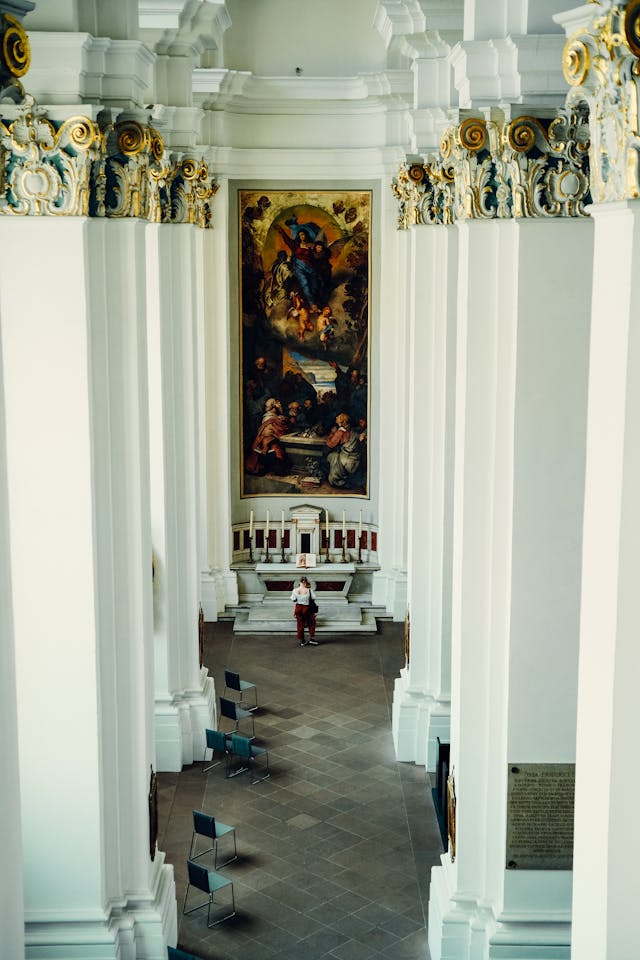
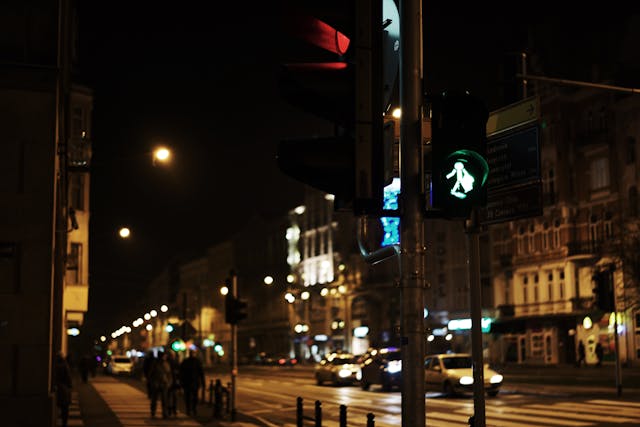
1. Wigilia: The Most Magical Christmas Eve Dinner
A Meal Unlike Any Other
In Poland, Christmas Eve (Wigilia) is more important than Christmas Day itself. Families gather for a 12-course meatless feast, symbolizing the 12 apostles and the months of the year.
Unique Customs
- Hay Under the Tablecloth – A reminder of Jesus’ humble birth.
- An Empty Seat for a Stranger – No one is turned away; an extra plate is always set.
- Breaking the Opłatek – A thin wafer shared with loved ones, accompanied by wishes.
Why It’s Special
Unlike Western Christmas dinners with turkey or ham, Polish Wigilia features dishes like barszcz (beetroot soup), pierogi, carp, and kutia (sweet grain pudding). The evening ends with Pasterka, the midnight Mass shepherds supposedly attended.
2. Śmigus-Dyngus: The World’s Wettest Monday
A Playful (But Soaking) Tradition
Easter Monday in Poland is Dyngus Day (Lany Poniedziałek), where people splash water on each other—a tradition dating back to pagan times symbolizing purification.
How It’s Celebrated
- Boys used to drench girls (now everyone joins in!).
- Water guns, buckets, and even garden hoses are fair game.
- In some villages, people are “washed” for good luck in love.
Modern Twist
While rural areas keep the tradition alive, cities like Kraków host giant water fights in the main square.
3. Wianki: Poland’s Enchanting Midsummer Night
A Festival of Fire & Flowers
Held on June 21st (the summer solstice), Wianki is Poland’s version of St. John’s Eve, blending pagan and Christian traditions.
Key Rituals
- Wreath Floating – Unmarried girls float flower wreaths with candles on rivers—if a boy catches it, legend says they’ll marry.
- Bonfires & Jumping Over Flames – For luck and purification.
- Herb Gathering – Some believe plants picked this night have magical healing powers.
Where to Experience It
Kraków’s Wawel Castle and Warsaw’s Vistula River host the biggest celebrations, with concerts and fireworks.
4. All Saints’ Day: A Sea of Candles
A Night of Glowing Cemeteries
November 1st (All Saints’ Day) is when Poles visit cemeteries to honor the dead. Unlike Halloween, it’s a solemn, beautiful occasion.
What Makes It Unique?
- Millions of Candles – Entire graveyards glow with znicze (glass lanterns).
- Silent Reflection – No parties; just families quietly remembering loved ones.
- Military & Historical Graves – People also light candles for national heroes.
The Most Stunning Sight
Warsaw’s Powązki Cemetery and Kraków’s Rakowicki Cemetery become breathtaking seas of light.
5. Dożynki: The Grand Harvest Festival
A Celebration of Bread & Gratitude
At summer’s end, villages hold Dożynki, thanking God for the harvest with parades, feasts, and folk dances.
Highlights
- The Wieniec (Harvest Wreath) – A massive, intricately woven crown of grain carried to church.
- Bread Ritual – The oldest couple breaks a loaf and shares it with everyone.
- Traditional Costumes – Dancers wear colorful łowicki stripes and floral wreaths.
Where to See It
The biggest festival is in Kraków’s Main Square, but small villages offer the most authentic experience.
6. Tłusty Czwartek: The Day Poland Eats Itself into a Doughnut Coma
A Delicious (and Caloric) Tradition
On Fat Thursday (the last Thursday before Lent), Poles eat pączki (jam-filled doughnuts) and faworki (angel-wing pastries)—millions are sold!
Fun Facts
- “If you don’t eat a pączek, you’ll have bad luck!” – A common superstition.
- Record-Breaking Consumption – Some Poles eat 10+ doughnuts in one day!
- Modern Flavors – Beyond rosehip jam, new fillings include Nutella and salted caramel.
Best Places to Indulge
- Zagoździński Bakery (Warsaw) – Famous for traditional pączki.
- Kraków’s Stary Kleparz Market – Fresh, warm doughnuts sold by the dozen.
7. Sobótka: The Bonfire Night of Love & Fortune
A Forgotten (But Reviving) Pagan Ritual
Before Wianki took over, Sobótka (June 21st) was a Slavic fertility festival with fire-jumping and herb-gathering.
Mystical Beliefs
- Couples Jumping Over Flames – If they hold hands and don’t let go, they’ll stay together.
- Fern Flower Myth – Finding a magical fern bloom at midnight meant wealth (but ferns don’t flower!).
Where It Still Happens
Some villages in Podhale and Silesia keep the old rituals alive.
8. Zaduszki: The Forgotten Souls’ Day
A Quieter, Darker Follow-Up to All Saints’ Day
November 2nd (Zaduszki) is dedicated to all souls, especially those forgotten or without family.
Unique Customs
- Leaving Food at Crossroads – For wandering spirits.
- Lighting Candles in Abandoned Cemeteries – A moving act of remembrance.
Why It’s Hauntingly Beautiful
Unlike All Saints’ Day’s crowds, Zaduszki is silent, personal, and deeply spiritual.
9. Ostatki: Poland’s Wild Pre-Lent Party
The Last Chance to Feast Before Fasting
On Shrove Tuesday (Ostatki), Poles eat, drink, and dance before Ash Wednesday.
How It’s Celebrated
- Herring Parties (Śledzik) – Eating pickled herring to prepare for Lent.
- Costume Balls – Especially popular in the 19th century.
- House-to-House Pranks – In villages, kids play tricks for treats.
Modern-Day Ostatki
Many bars host “last night of indulgence” parties.
10. Święconka: The Blessing of the Easter Baskets
A Sacred Saturday Ritual
On Holy Saturday, Poles bring decorated baskets (święconka) to church for blessing.
What’s Inside?
- Eggs (Pisanki) – Symbolizing rebirth.
- Bread – For prosperity.
- Salt – To ward off evil.
- Lamb (Made of Sugar or Butter) – Representing Christ.
Why It’s Unique
No other European country has such an elaborate Easter basket tradition.
Final Thoughts: Why Polish Traditions Matter
These customs aren’t just rituals—they’re a living connection to Poland’s past. Whether it’s the solemn beauty of All Saints’ Day, the playful chaos of Dyngus Day, or the warmth of Wigilia, each tradition tells a story.
Thanks for joining me on this journey!
I’d love to hear your thoughts—feel free to share them in the comments below!
Abdelilah Hamma
Follow me on Instagram for more travel inspiration!
March 24, 2025

Excuse for that I interfere … I understand this question. I invite to discussion.
buy azerbaijan virtual phone number online https://virtual-local-numbers.com/countries/1324-azerbaijan.html for calls, sms, registration (otp)
no thaks im not intersted
mietauto athen
what is your quistion ?